Jaguars and leopards are two of the biggest cats in the world. Have you ever noticed how difficult it is to tell them apart? They look about the same size, and their fur is similar in color. They even have the same kind of spots – almost.
When you see jaguars and leopards in photos, it’s easy to get them confused. But in many areas, they are not the same.
Here are some of the differences between jaguars and leopards (and a few similarities).
Jaguars are bigger than leopards
- Jaguars are bigger and bulkier than leopards. They can weigh between 100 to 250 pounds (45 to 113 kg). Leopards are the smaller of the two cats. They weigh between 60 to 175 pounds.
- Jaguars have a stocky build with a wider chest and shorter legs. Leopards are more slender and agile.
- Both cats have clusters of black spots called rosettes. The spots form rings. But the jaguars’ rosettes have small black dots in the center. Leopards don’t have any dots.
- Jaguars also have a broader head and stronger jaw, and are known for having one of the most powerful bites of all animals.
Physical Comparison Table: Jaguar vs Leopard
| Characteristic | Jaguar (Panthera onca) | Leopard (Panthera pardus) |
|---|---|---|
| Size | Larger and more robust | Smaller and more slender |
| Weight | 56–96 kg (124–211 lbs) (Females), 77–158 kg (170–348 lbs) (Males) | 17–65 kg (37–143 lbs) (Females), 30–90 kg (66–198 lbs) (Males) |
| Body Length | 1.12–1.85 m (3.7–6.1 ft) | 0.90–1.91 m (3.0–6.3 ft) |
| Tail Length | 45–75 cm (18–30 in) | 66–99 cm (26–39 in) (Longer than Jaguar's) |
| Build | Stockier, muscular, with a broad chest and shorter legs | More slender, with longer legs and a longer body |
| Head Shape | Broad and round with a powerful jaw | Smaller and more elongated |
| Jaw Strength | Extremely strong, capable of crushing skulls and turtle shells | Strong but not as powerful as a jaguar’s |
| Coat Pattern | Rosettes with central spots inside | Rosettes without central spots inside |
| Fur Color | Golden-yellow to tawny with black rosettes | Pale yellow to deep gold with black rosettes |
| Melanistic Form (Black Panther) | Yes, common in rainforests | Yes, common in dense forests |
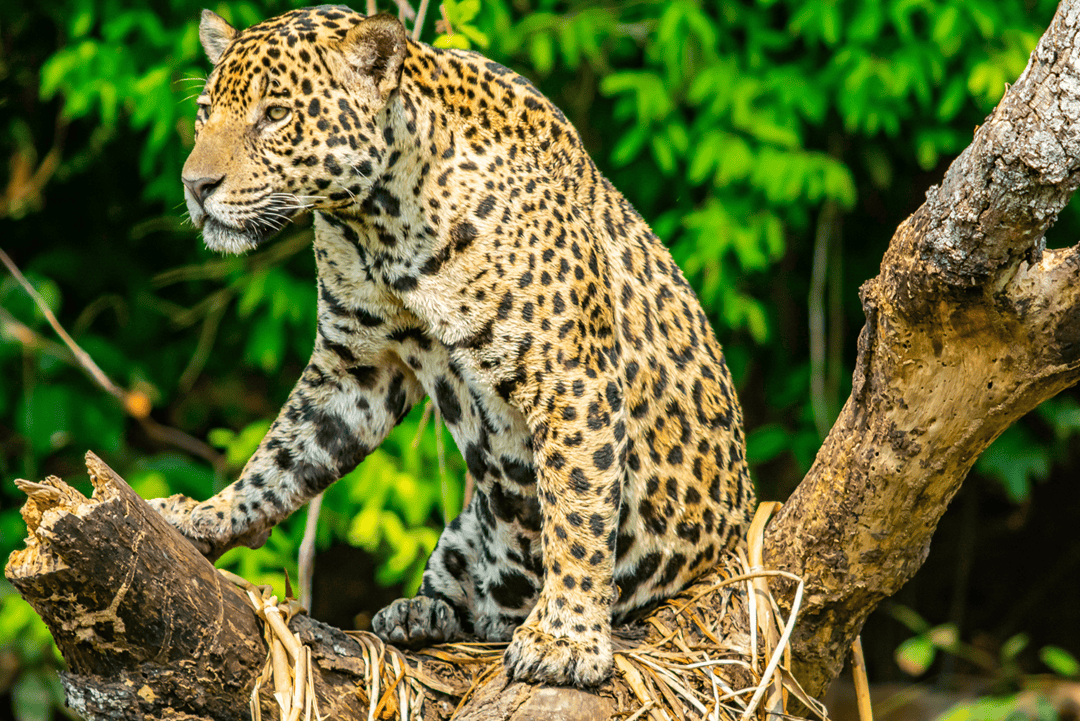
Photo of a jaguar.
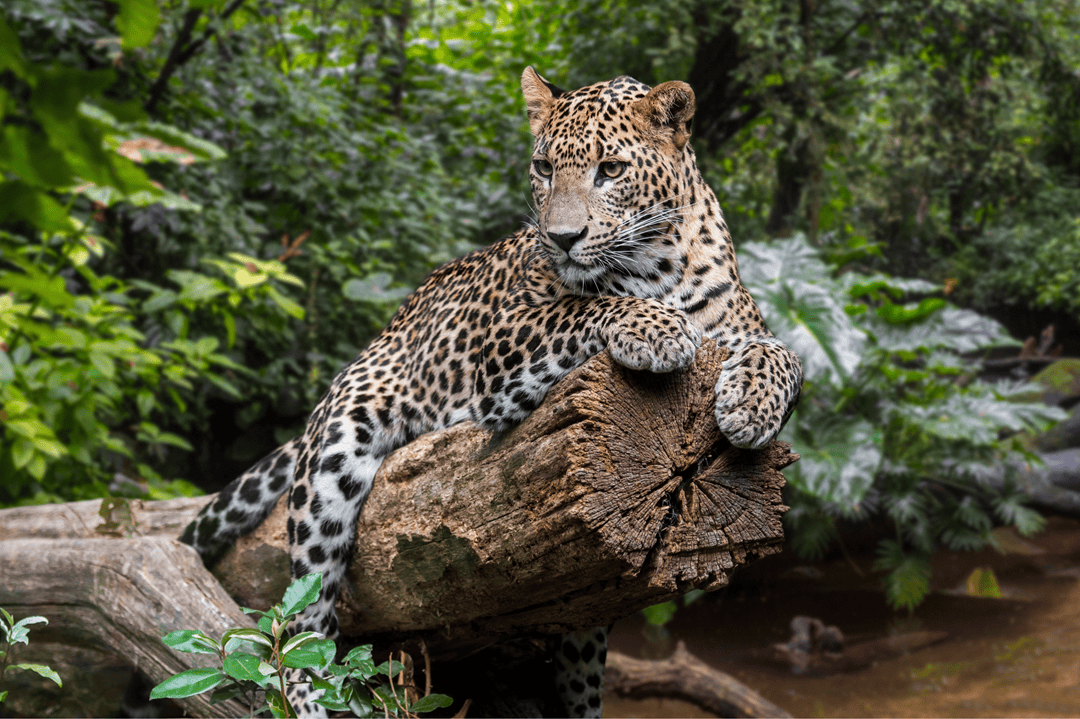
Photo of a leopard.
They live in different places
- You can find jaguars in the Americas, mainly in South and Central America. Many of them live in South America’s Amazon rainforest. It is the biggest rainforest in the world and home to millions of animals, plants, and insects.
- Leopards live in Africa, Asia, and even parts of Russia. In Africa, you can find them in large grassy areas called savannas.
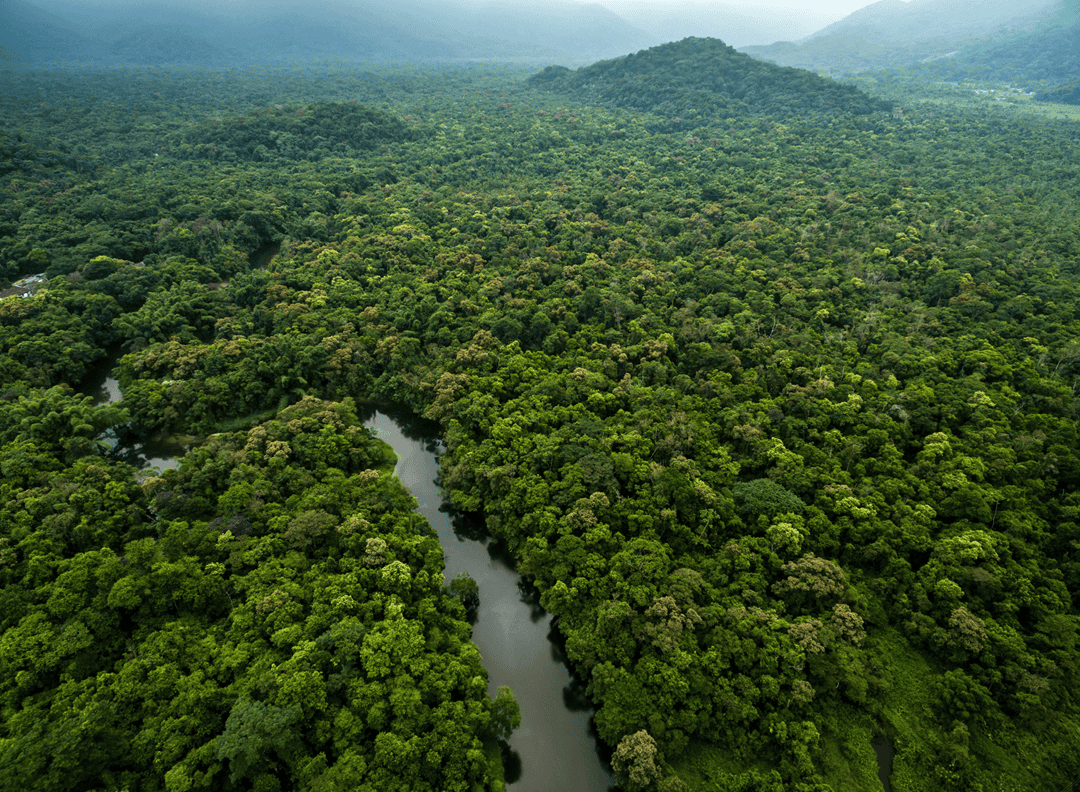
Photo of a Rainforest
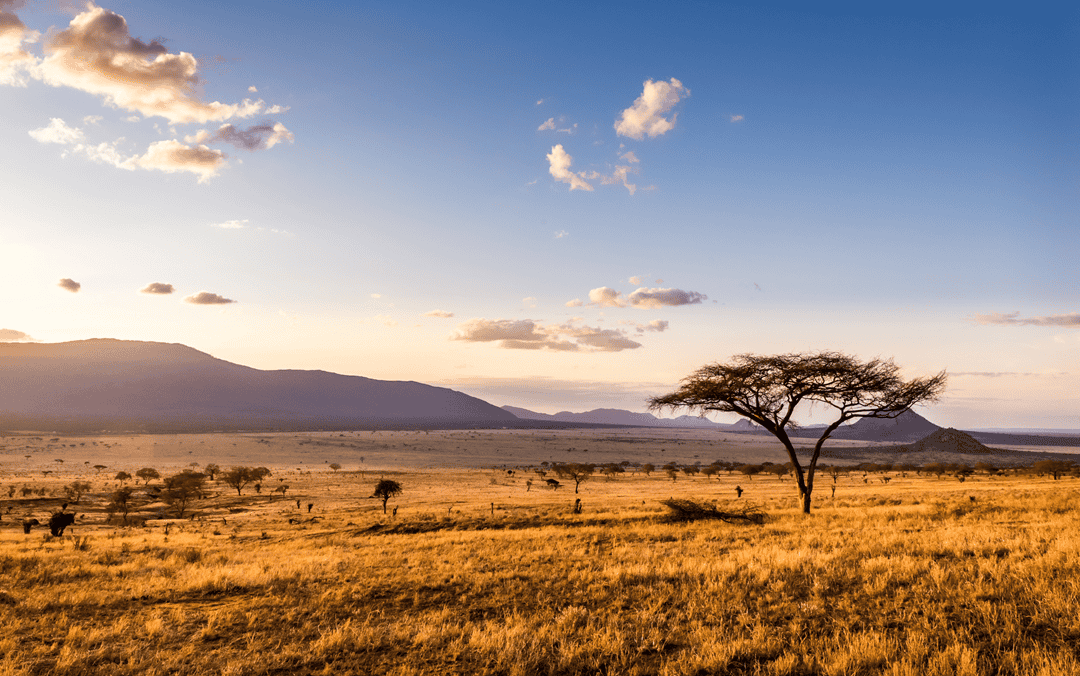
Photo of a Savanna.
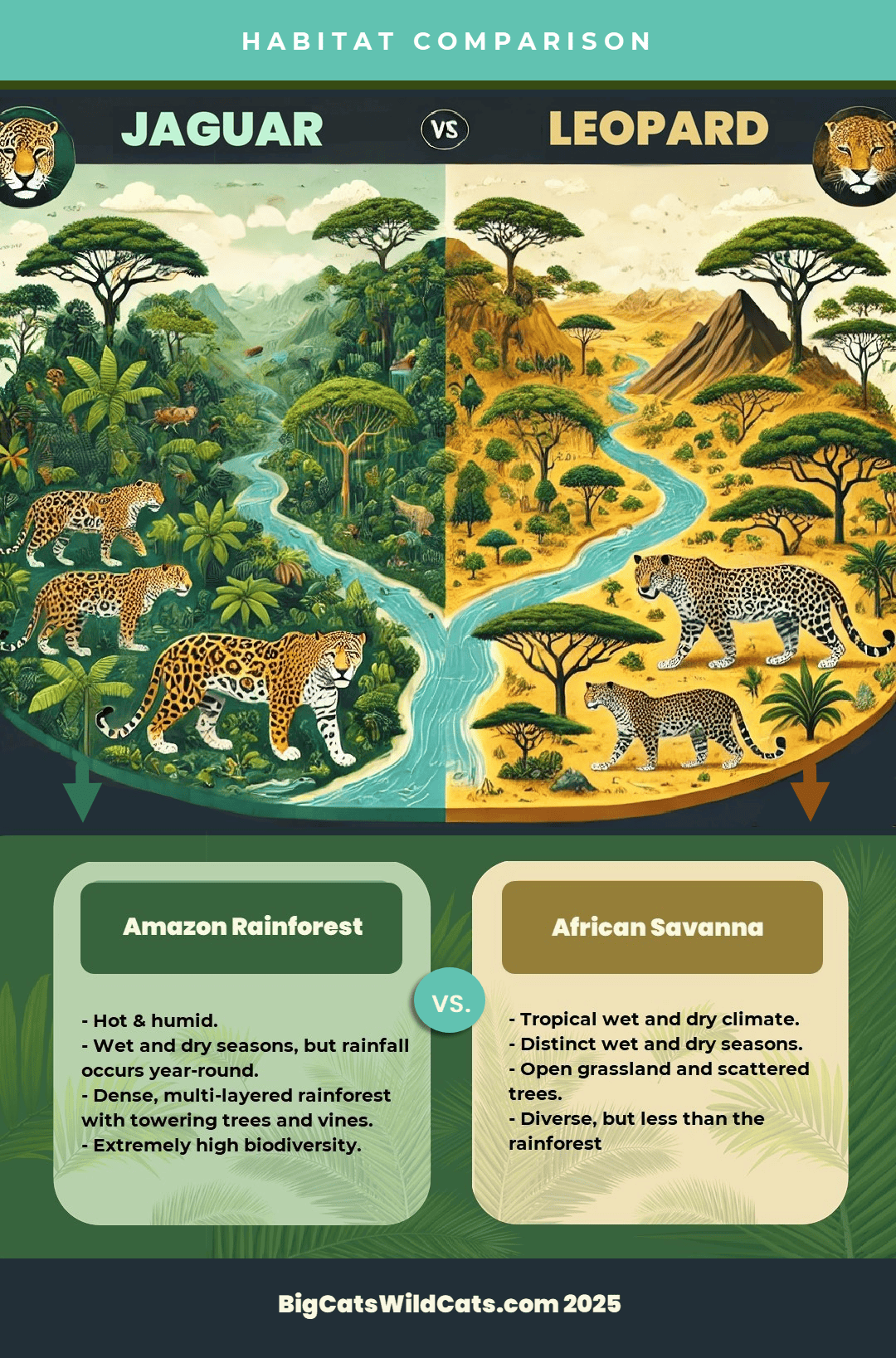
Hunting and prey similarities and differences.
- Jaguars and leopards are apex predators, meaning they are at the top of the food chain.
- They both live and hunt alone.
- And they are most active at dawn and dusk, though leopards are more likely to hunt at night.
- But jaguars use their powerful jaws to crush the skulls or shells of their prey. They often kill animals with a single bite to the head.
- And leopards use speed and stealth to ambush their prey. They suffocate animals by biting their necks.
Hunting and Prey Comparison Table
| Feature | Jaguar (Amazon Rainforest) | Leopard (African Savannah) |
|---|---|---|
| Primary Prey | Capybaras, peccaries, tapirs, deer, monkeys, caimans, armadillos, birds, turtles, fish | Impalas, gazelles, warthogs, hares, zebras (juveniles), small antelopes, birds, rodents |
| Hunting Strategy | Ambush predator, powerful bite to crush skulls or pierce skulls of prey | Stalk-and-pounce, suffocates prey with a bite to the throat |
| Prey Size Range | Medium to large (5–300 kg), can hunt caimans and tapirs | Small to medium (5–100 kg), but can take down large prey |
| Adaptation to Prey | Strong jaws for crushing bones and turtle shells, swims well to hunt aquatic animals | Climbing ability to drag prey up trees, opportunistic diet |
| Frequency of Hunting | Hunts every few days, depends on prey availability | Hunts frequently, caches prey in trees for later consumption |
| Opportunistic Diet | Yes, eats anything from fish to mammals | Yes, highly adaptable, eats rodents, birds, and even insects when large prey is scarce |
| Competition with Other Predators | Competes with caimans, anacondas, and ocelots | Competes with lions, hyenas, cheetahs, and wild dogs |
| Unique Hunting Behavior | Can kill by biting directly through skulls of prey | Often drags prey up trees to avoid scavengers |
Jaguars and leopards are similar when it comes to mating and reproduction.
- Both cats mate throughout the year, but more cubs are born when food is plentiful.
- Their pregnancy period lasts around 90 to 105 days.
- And both big cats give birth to one to four cubs at a time.
- The mother raises the cubs alone. She teaches them how to hunt until they are ready to live on their own at about two years old.
Other behavior
- Leopards are excellent climbers and spend a lot of time in trees. Jaguars can climb but prefer staying on the ground. Leopards often drag their kills into trees to protect them from scavengers like hyenas and lions.
- Jaguars love water and are excellent swimmers. They often hunt in rivers and swamps. Leopards, on the other hand, avoid water when they can. Jaguars are so comfortable in water that they’ve been seen swimming across large rivers and even ambushing prey like caimans underwater.
Conservation status
Jaguar: The jaguar is listed as Near-Threatened by the IUCN with a decreasing population.
According to one recent study, “The two most important drivers of the current decline are: a) deforestation and other habitat transformation and fragmentation, and b) killing jaguars related to conflicts with cattle ranching. Other important threats include illegal hunting and trade in jaguar body parts, increasing road density, and the rapid expansion of uncontrolled mining.” Past, present and future of the jaguar: review of threats, solutions, and research and conservation needs (2024).
Leopard: Leopards have different statuses depending on the region. Some populations, like those in Africa, are stable, while others, like the Amur leopard in Russia, are Critically Endangered, with fewer than 100 left in the wild.
“The leopard’s (Panthera pardus) broad geographic range, remarkable adaptability, and secretive nature have contributed to a misconception that this species might not be severely threatened across its range. We find that not only are several subspecies and regional populations critically endangered but also the overall range loss is greater than the average for terrestrial large carnivores. Leopard (Panthera pardus) status, distribution, and the research efforts across its range (2016).
Jaguars and leopards continue to face serious threats from humans
- Deforestation and human expansion are shrinking their homes. “
- Both cats are hunted for their beautiful fur and body parts.
- Farmers sometimes kill these cats to protect their livestock.
Quick Summary
- You can find Jaguars in Central and South America. Leopards inhabit Africa, Asia and Russia.
- Jaguars are bigger and stockier than jaguars, but leopards, because they are smaller, are more agile.
- Jaguars have rosettes on their fur with center dots. Leopards have rosettes without dots.
- A jaguar has a strong jaw that can crush the skulls of their prey. A leopard hunts using stealth ambush and suffocates its prey.
- Jaguars live in rainforests. Leopards live in savannas, forests and mountains.
About this article: This article was created using a combination of human research, editing tools, and visual design to help communicate information clearly and accurately. All facts were carefully checked against reputable sources. If you notice an error or have additional insights to share, we welcome your feedback. Our goal is to keep this information as current and reliable as possible.

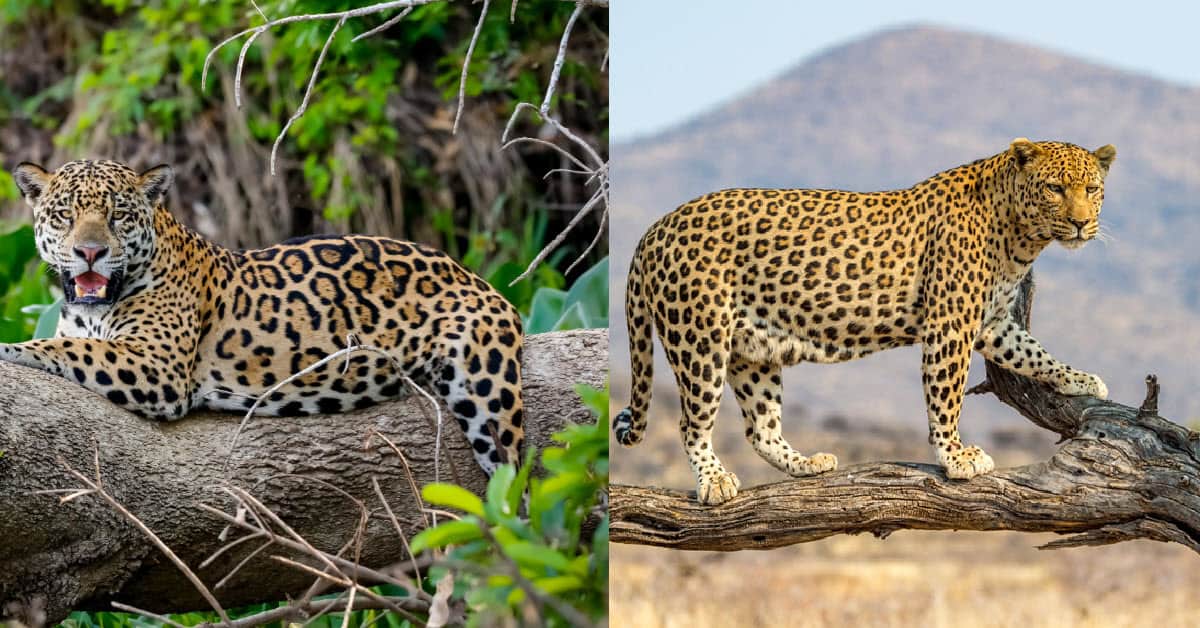
Glad you enjoyed the article!
We appreciate your feedback and are glad you found the article interesting!
Thank you very much..
This was so interesting..